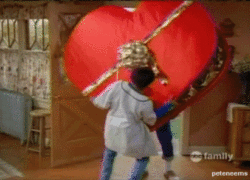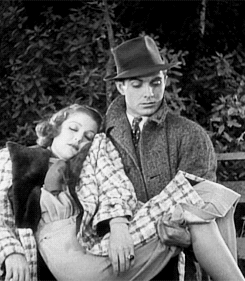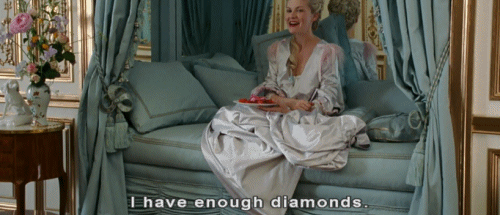
How engagement rings became the marker of true love
You know that whole 'money can't buy you love' idea? Well, it's estimated that the United States alone will spend $13,290,000,000 this year for a day of love, treats and presents this year. And with six million people expecting a marriage proposal for Valentine's, we can bet a good part of that goes on rings.
According to tradition, an engagement ring should cost as much as a month's salary. It's become a symbol of how much you love your partner, and what you'll be able to provide for them in the future. When did we start placing so much value on a rock in a metal casing?

It all started as virginity insurance...
Rings played a big role in financial security for women at the beginning of the 20th century. In the US in the 1930s and 40s there was a law known as the Breach of Promise to Marry. This meant a woman could sue if she was dumped by her fiancé before the big day. Since many women relied financially on getting married, and it was expected for women to be seen as "virginal" and "pure" for engagement, if they were jilted by their husband-to-be, they would suddenly become less desirable to other suitors – their market value would drop, basically. Charming.
The Breach of Promise law protected them if that happened. But, it was repealed in 1945, so the ladies needed something else to hold on to in case something went wrong. That thing ended up being a small, shiny, diamond kind of insurance.

But why the diamond? Why not, say, a downpayment on a house, or a new car?
It's all down to a very simple but incredibly successful marketing strategy by one company: diamond manufacturer DeBeers.
When huge diamond mines were discovered near the Orange River in South Africa in the 1870s, diamonds went from being an extremely rare good, to something so common that the value of the stone plummeted. Major players in the diamond industry needed a strategy to keep the prices high. They merged into a single company, powerful enough to control production and limit the amount of diamonds released into the market, so they still seemed rare, even if they actually weren't.
That’s how the DeBeers corporation was born. In no time, they came to control 90% of the world's rough-diamond production and distribution. By manipulating the market, the company made the gems more valuable than they actually were – converting puny carbon crystals into symbols of wealth and romance.
At the same time, they ran a viral advertising campaign that was so persuasive, it convinced entire generations of lovers that diamond bands were synonymous with eternal devotion. The rule of thumb that the ring should be worth a month's salary was invented by none other than DeBeers themselves. As a slogan, it stuck, and soon enough everybody was running to buy their loved ones diamond rings.
'Diamonds are forever'
Celebrities and movie stars would shoot short films and go on covers of magazines to advertise the luxuriousness of the precious stones. Fashion designers took to radio shows, lecturers visited high schools, and 125 leading newspapers got involved by describing the sizes of gems worn by “role models” at the time.
Of course, there's one big problem with a business based around engagement rings: if all goes to plan, people only ever buy one. So DeBeers came up with a new idea: the gift of a second diamond for middle-aged women to have their marriage and love reconfirmed.

So why do we fall for it?
Multinationals latch on to love because they know that a person is more likely to splurge on something they care about. And when it comes to love, you're not just spending for yourself – you're spending for your loved one, and for your reputation with your loved one – both of which are likely to be of very high value for you.
Plus, given that people tend to only get married once, they're not going to know very much about 'normal' prices in the market – the way they would for something they buy every day. In other words, the seller has 'asymmetric information' on the buyer – if they tell you a month's salary is the price, you're not in the best position to tell them they're wrong.
Perhaps most powerfully, DeBeers did what every advertising campaign seeks to do: turn itself into popular culture to the point where tradition, not their billboards, end up driving people's purchases. You know you've done well when people who've never heard of your company are still repeating your slogan – 'diamonds are forever.'



